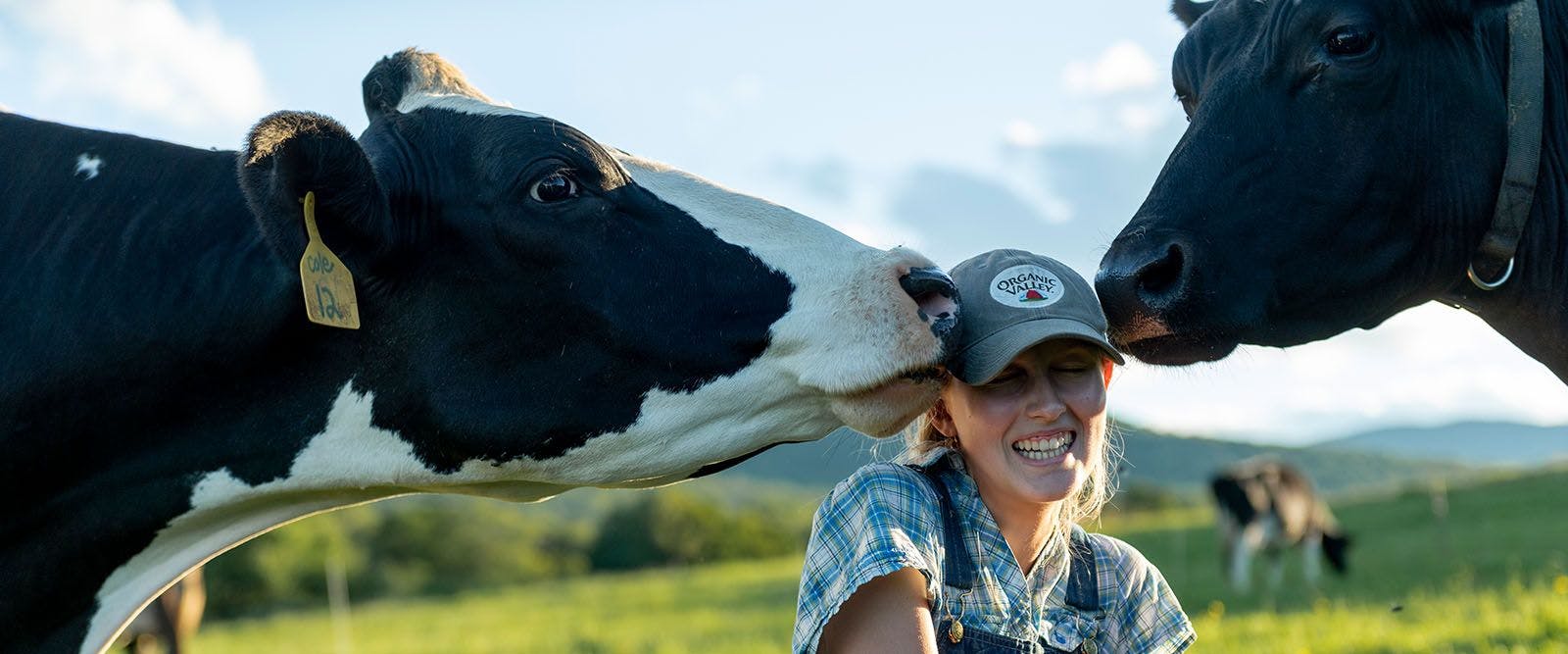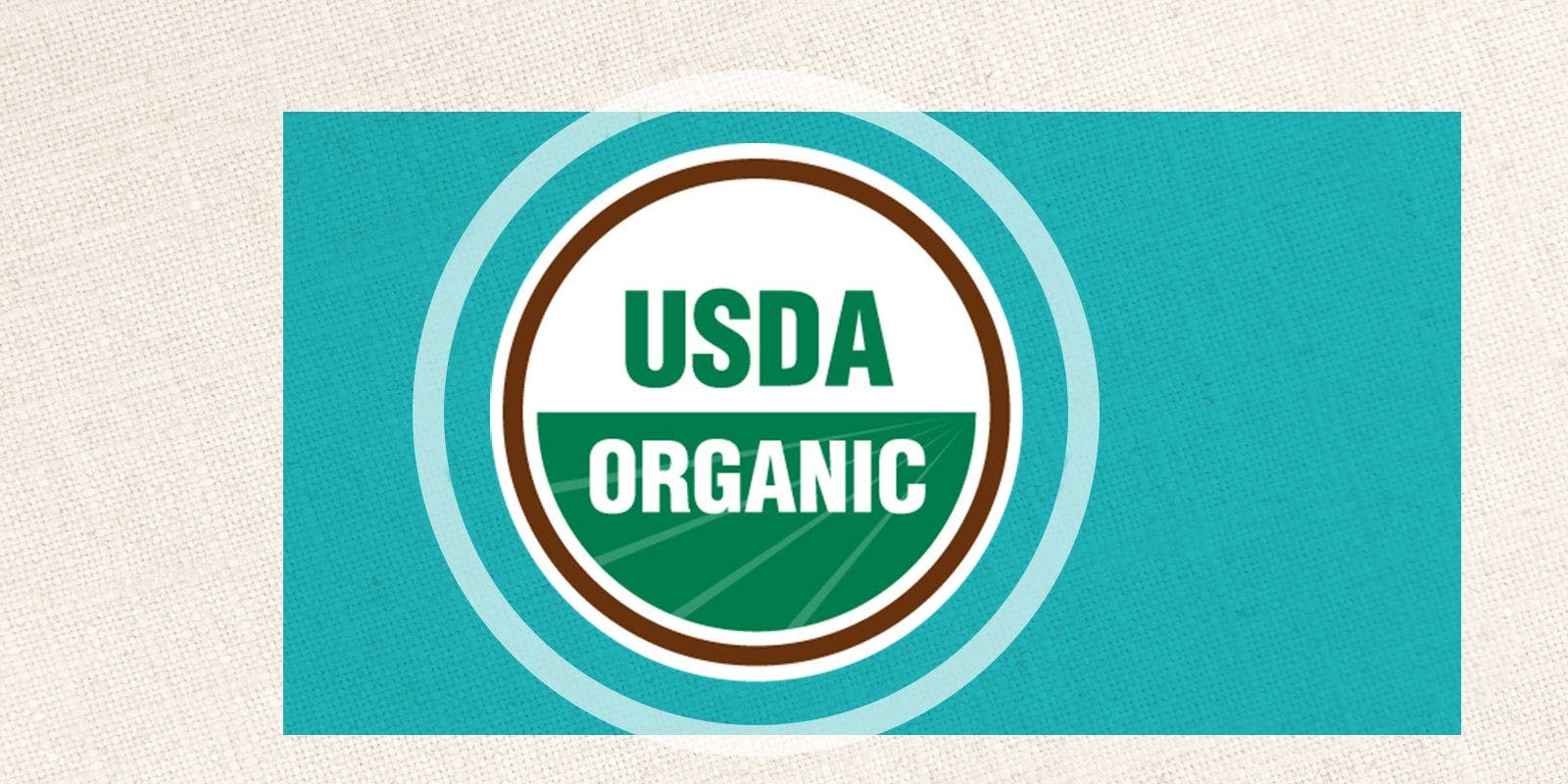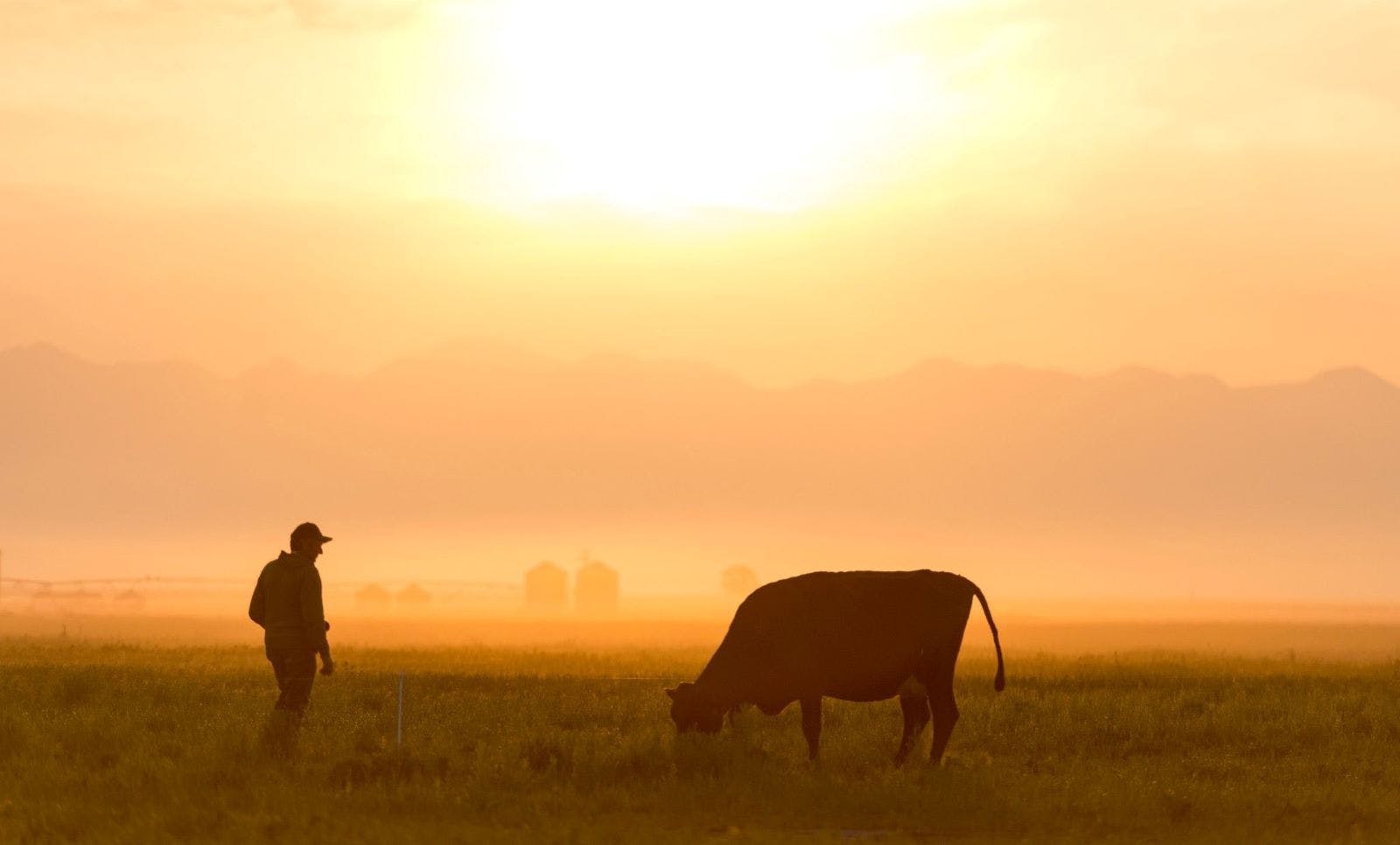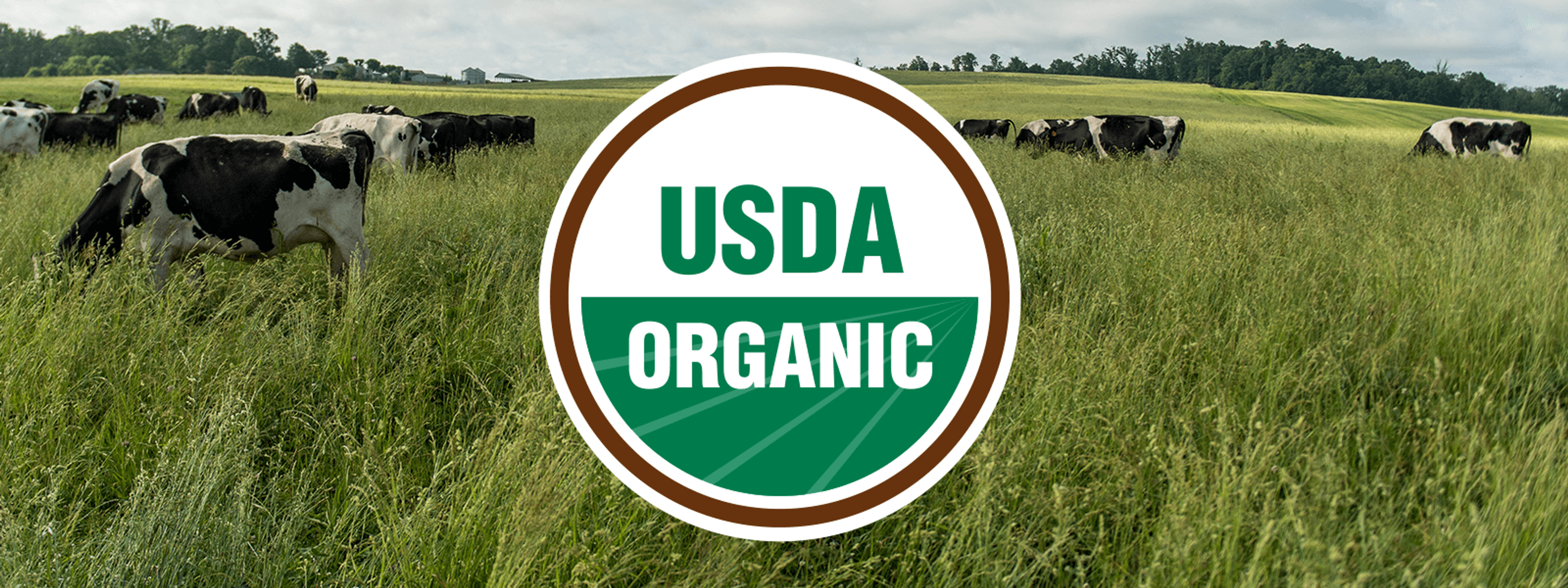
Organic
What Does Certified Organic Mean?
The green, brown and white U.S. Department of Agriculture Organic seal is such a simple little image, but it holds so much meaning when it comes to organic food and farming — more than most people are aware!
We’ve often said that USDA Certified Organic is “the strictest organic standard in the world.” That means there is a lot to this little seal. Because so much goes into it, we highlight four very important qualities right on our package: no antibiotics, synthetic hormones, toxic pesticides or GMOs.
But have you ever wondered what else goes into organic and why it matters to you? Let’s dig a little deeper.
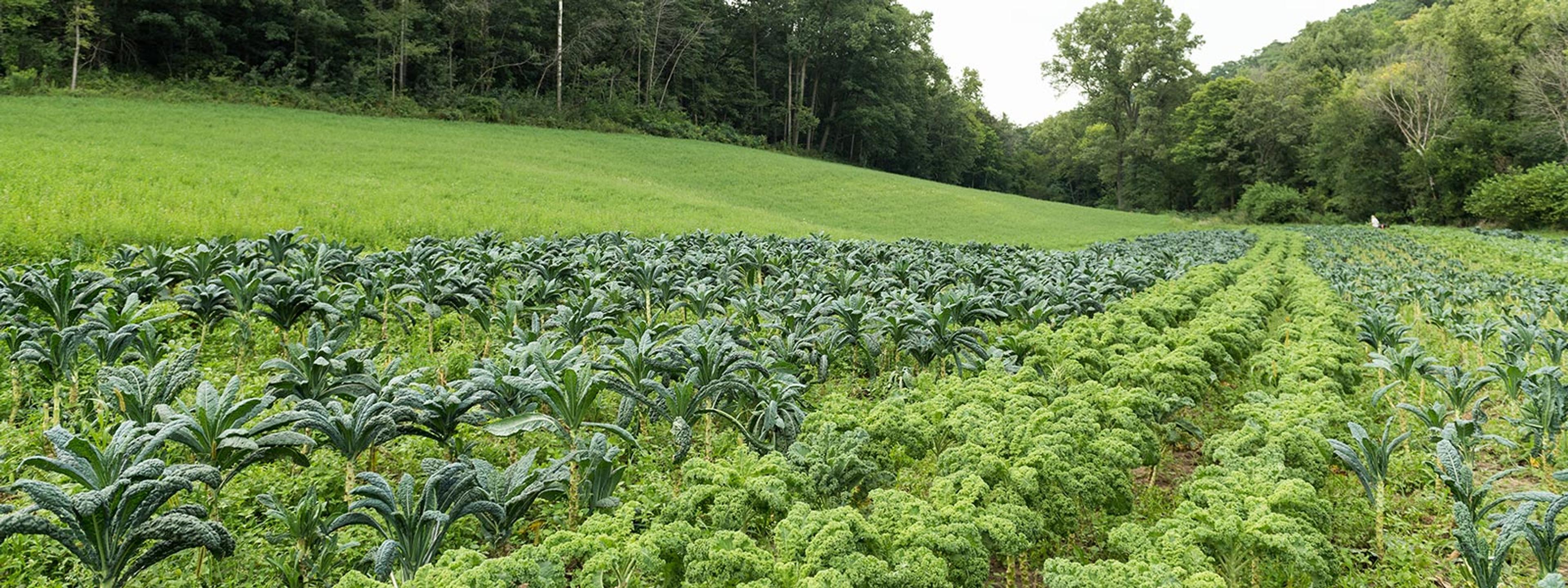
USDA Organic is an Act of Congress
It’s an actual law. There are federal regulations that must be met for anything to carry the USDA Organic seal. In fact, other countries can’t sell organic-labeled foods in the U.S. unless they meet our standards or organic equivalency arrangements (Canada and EU).
Organic entities (farms, processing plants, brands, etc.) are audited every year by a third-party certifier. Certifiers are independent organizations accredited by the USDA National Organic Program (NOP) to conduct unbiased organic inspections.
Becoming organic is voluntary — no one is required to do it. But if someone chooses to, they must follow the rules in order to market and sell their products as organic. It is a law after all. The farm or company would lose its organic certification if it violates the standards, which would be a huge financial loss on its own, but they may also be subject to fines or lawsuits.
The fact that USDA Organic is founded on a federal law — the Organic Foods Production Act of 1990 — makes the label significant and sets it apart from other labels like “natural,” non-GMO or humane animal care.
Organic has three layers of oversight. The Office of the Inspector General oversees the NOP, the NOP oversees and audits the certifiers, and certifiers audit the organic farms and businesses. No other food labeling program has this many checks and balances.
Non-GMO and humane labels are based on standards developed by the certifying organization, and usually they oversee themselves. They may not include third-party verification. That’s not to say these labels aren’t trustworthy — many are — but too many people assume they mean more than they do.
Non-GMO and natural can still mean pesticides were used. Humane could still mean animals ate GMO feed or were confined, as long as they aren’t treated badly. Do your research and know what those labels do and don’t cover. But you can trust that USDA Organic covers it all.
Everyone — Even You! — Has a Voice in Organic
Adding to the stringency, the NOP considers comments and recommendations from all levels of the organic industry — farms, processors, scientists, environmentalists, businesses, advocacy groups and even individual consumers like you. In particular, consumer comments played a big part in pushing through the Pasture Rule for organic livestock, and the ban on GMOs.
No other program has so much oversight and genuine multi-level involvement. Organic is set up as a true democracy, where everyone involved has a voice.
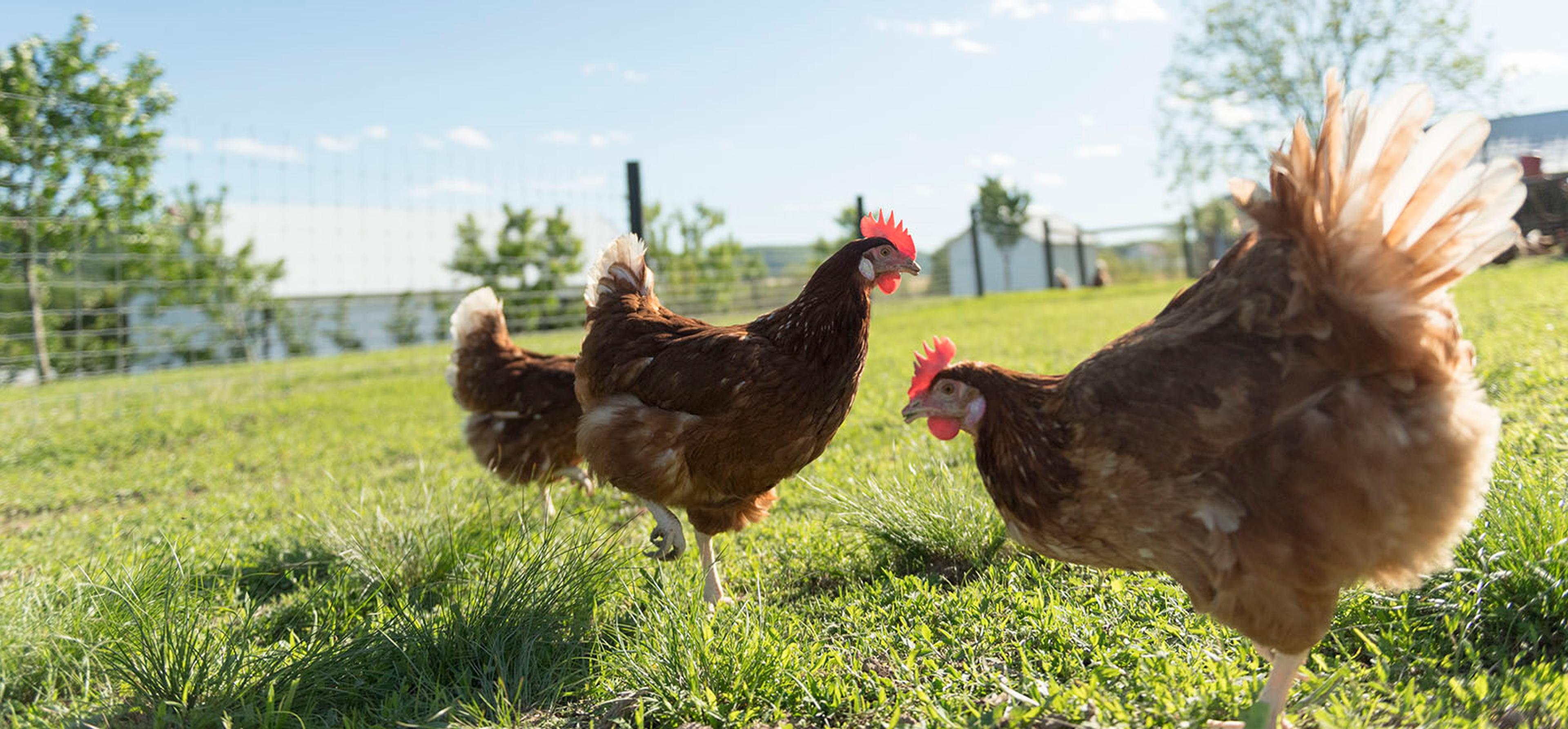
Organic Applies to Every Step: Farm to Shelf
Every step in the organic food chain must be certified organic — farms, handlers and processing plants. In comparison, “natural” only addresses how the product is handled during processing; it doesn’t say anything about how the animals were treated during their lifetime or if they ate feed grown with chemical pesticides and herbicides.
Added ingredients need to be organic too, but sometimes organic options aren’t available in sufficient quantities (or don’t exist). An example would be vitamins and minerals that are required by the Food and Drug Administration to be added to milk. To address this need, the NOP has an official list of allowed non-organic ingredients.
The National Organic Standards Board (NOSB) meets twice a year to review the list and make recommendations for changes based on advancements in farming and food science. Organic is all about continual improvement!
Outdoor Access and Grazing Pasture
All organic animals are required to have access to an outdoor space that is organic (not treated with herbicides or any other banned substances). Each species may spend different amounts of time outside, though. For instance, cows are big animals with multiple stomachs that act like big internal space heaters, so they are able to be outdoors in wetter or colder weather than would be healthy for a chicken or pig. The farmers who care for the animals determine if the weather is safe for their animals to be outdoors.
In addition to general outdoor access, the Pasture Rule in the National Organic Program applies to beef and dairy cows. The Pasture Rule says that cows must get 30% of their diet from pasture for 120 days during the grazing season.
Here at Organic Valley, all of our farms meet these minimums for outdoor access and pasture (otherwise they wouldn't be allowed to be Certified Organic), but many, many of them also exceed these requirements!
On average during the grazing season, our pasture-raised cows receive 55% of their diet from fresh pasture grasses (and that's not even counting dried forages), and our Certified Grass-Fed cows eat 100% grass between their fresh and dried forages. Our herds also log an average 191 days on pasture during the grazing season, surpassing the USDA Organic minimum of 120 days. Organic Valley Grassmilk® is milk that comes from cows that eat grass, just grass.
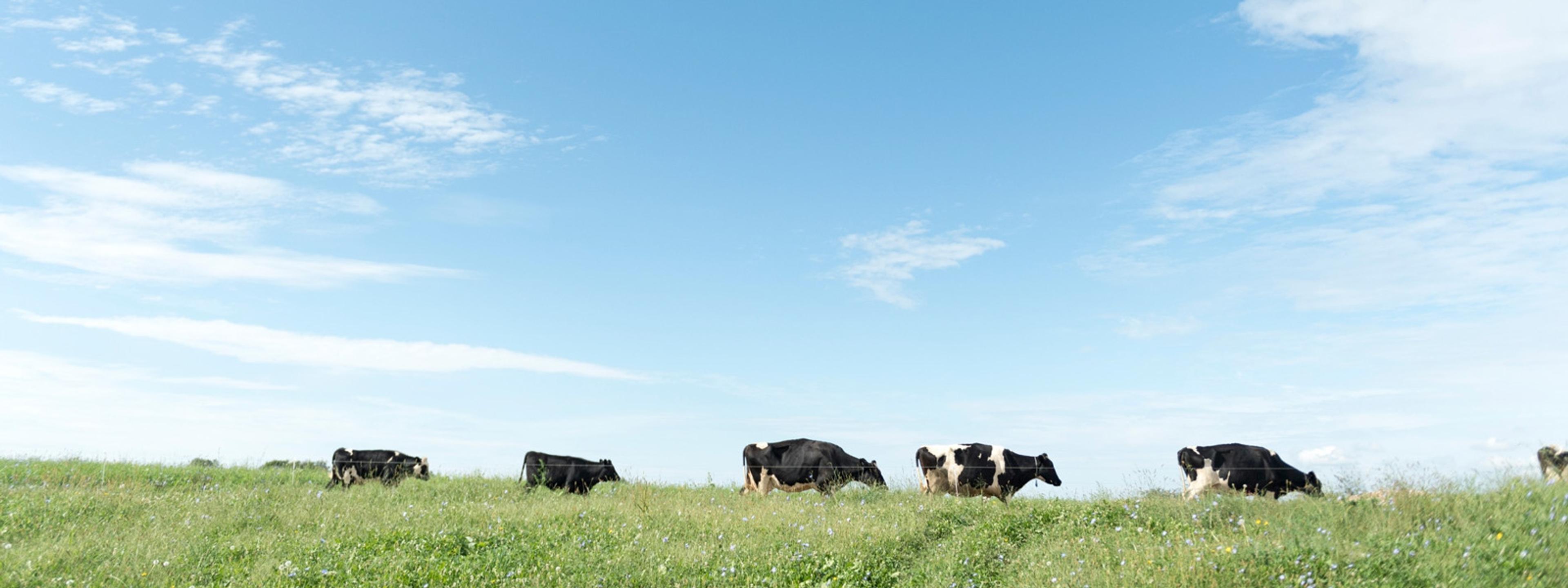
No Antibiotics: The Power of Prevention
Antibiotics are not allowed in organic production, but organic farmers absolutely do not allow their animals to suffer.
Just like with people, sometimes all an animal needs to get better is extra nutrition, fluids, fresh air, rest and quiet. For minor illnesses, organic farmers will use natural and homeopathic options to help boost the animal’s immune system naturally, similar to how ginger, echinacea and garlic can help us humans feel better when we’re sick. We’ve also seen success with chiropractic and acupuncture for cows!
We really believe in the power of prevention. When animals are allowed to live their lives according to nature and their instincts, the results are overwhelmingly positive. After transitioning, especially when pasture is added, organic farms in our cooperative have frequently reported much less illness in their herds. Plus, our farms have biosecurity procedures to prevent the spread of diseases. Prevention is key.
But sometimes — again, just like with people — prevention or giving an illness time to run its course just doesn’t work, or it’s something more serious that should be treated immediately. In those rare cases, organic farmers are required to use antibiotics. When they do, that animal loses its organic certification and must be removed from the organic herd, which means it might be moved to a non-organic herd on the same farm, sold to a neighbor or taken to an auction.
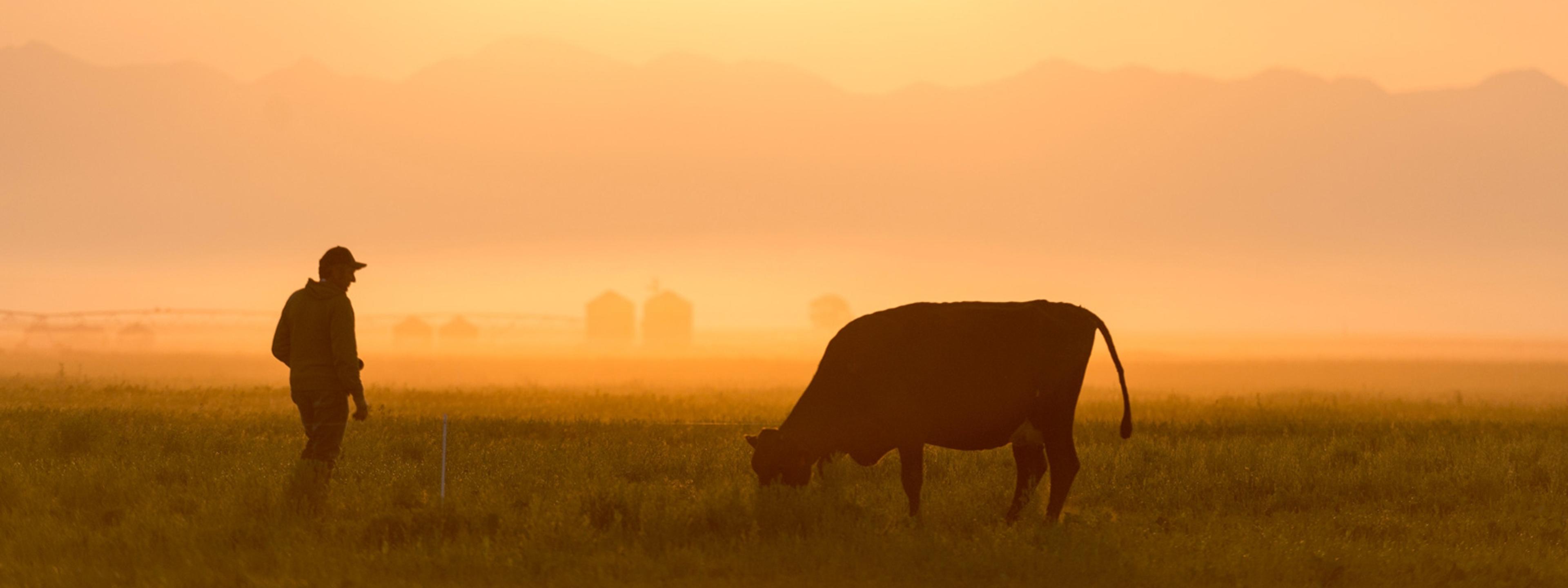
No Synthetic Hormones
All animals produce hormones, so this statement means that certified organic animals are not given man-made (synthetic) hormones to increase their milk production.
rBGH isn’t the only hormone out there, though it’s the one most people recognize. There are several livestock hormones allowed to be used in non-organic animal production. Only oxytocin is allowed on the National Organic Program’s “approved” list (it's only allowed to be used after a cow gives birth, and even then, only if it's needed), but Organic Valley cooperative farms do not use it.
Coincidentally, not using added hormones results in less risk of developing mastitis (an infection in the udder), which also results in less need for antibiotics. Double win!
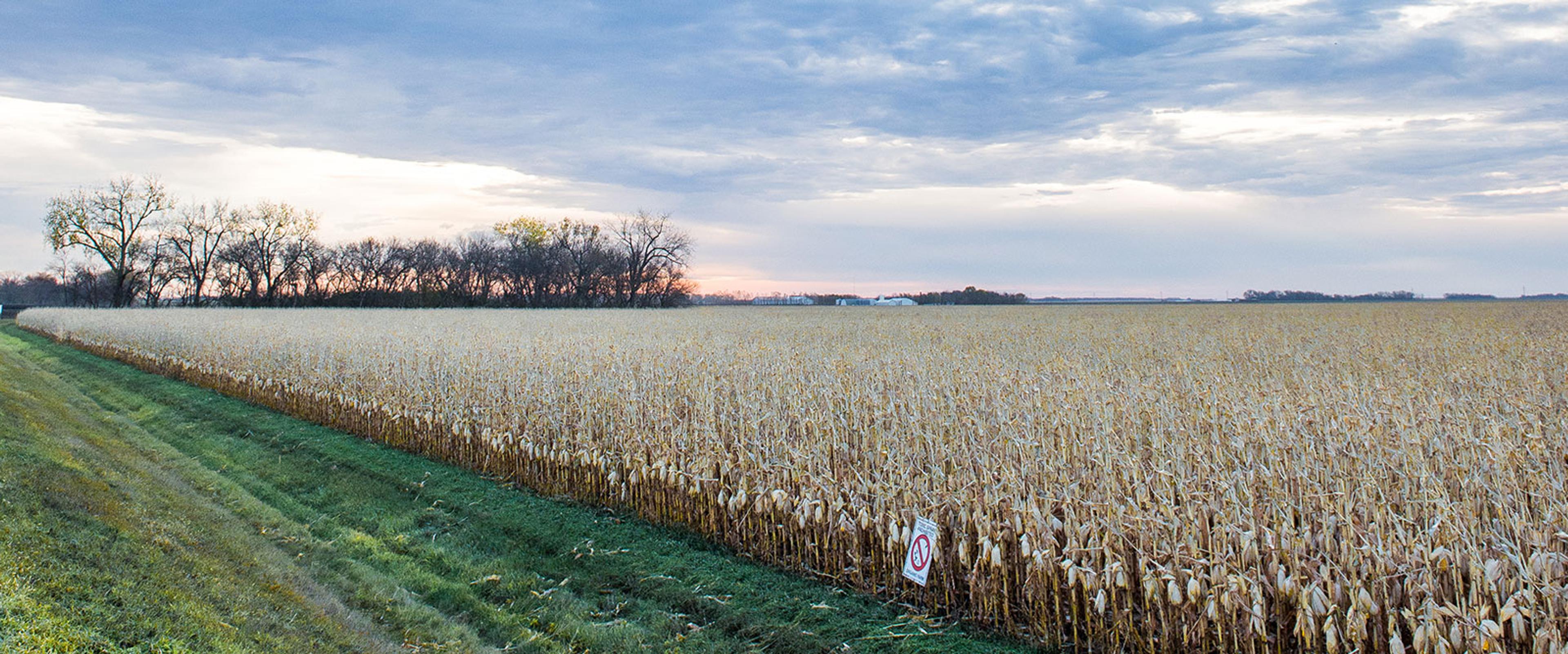
No Toxic Pesticides or Herbicides
Organic farmers are never allowed to use synthetic pesticides and herbicides like glyphosate (aka Roundup), 2,4-D, dicamba, chlorpyrifos and many others.
Organic farmers do, however, have a toolbox of organic-approved weed and pest control options and tactics. Most pests and weeds aren’t actually problematic on a healthy organic farm. But if it gets to a point where the weeds or pests are harming crops and animals, then the farmer must take action.
The first step is to manage the farm in ways that reduce the need for chemicals. Rotating crops keeps the soil healthy, which also confuses pests when they return next year and the food they love isn’t there anymore (insert wicked laughter). Soil tests tell a farmer where they need to add organic-approved nutrients to a field to make it healthier. Organic farmers may also plant smaller plots of different crops next to one another, and keep some land in a natural state or create habitat for beneficial pest-controlling animals and bugs (like bats, birds and predatory insects).
If pests or weeds are still a problem, then a farmer can refer to the National Organic Program’s list of approved substances to see what other options they have and get approval from their organic certifier. They might be able to tackle the stubborn weed or pest with a naturally derived spray or powder, such as soaps, hot pepper sprays, or diatomaceous earth. Most substances on the approved list also have restricted uses, like not using near animals, or only as a last resort. Even if a spray is naturally derived, a farmer still needs to use it with care.

No GMOs
“GMO” is short for “genetically modified organism,” which is also the same as “genetically engineered” or “GE.” GMO crops are made by inserting a gene from an unrelated species, such as a bacterium, into a plant to cause particular trait.
For instance, GMO Bt corn was made by inserting a gene from bacteria that produces its own pesticide into the corn, causing the plant to be poisonous to certain pests. “Roundup Ready” crops are made so they can be sprayed with glyphosate herbicide and the weeds will die but the crop won’t.
GMOs are strictly prohibited on organic farms, and that includes seeds and cloned animals. GMO ingredients also cannot be used in organic foods for any reason. As the image above says, “Organic is Always Non-GMO,” plain and simple.
“But what about drift?” you ask? Organic farmers can’t control where pollen from GMO plants blows, but they have lots of tactics to prevent GMO contamination.
Farms with non-organic neighbors can prevent cross-contamination by staggering their crop planting dates or using different varieties that pollinate at different times. Organic farms also must have buffer strips between their farms and non-organic neighbors.
Especially exciting is emerging research around breeding new varieties of organic corn that won’t even accept the pollen of GMO corn. This would be a game-changer for organic farms once the seeds are widely available! The researchers use traditional cross-breeding practices to develop these varieties, not GMO technology, so the new varieties can be used in certified organic farming.
All of this — and so much more — is happening behind the scenes to bring you what you expect when you see that green USDA Organic seal!
Related Articles
- Tags:
- food & farming policy,
- food labeling
















